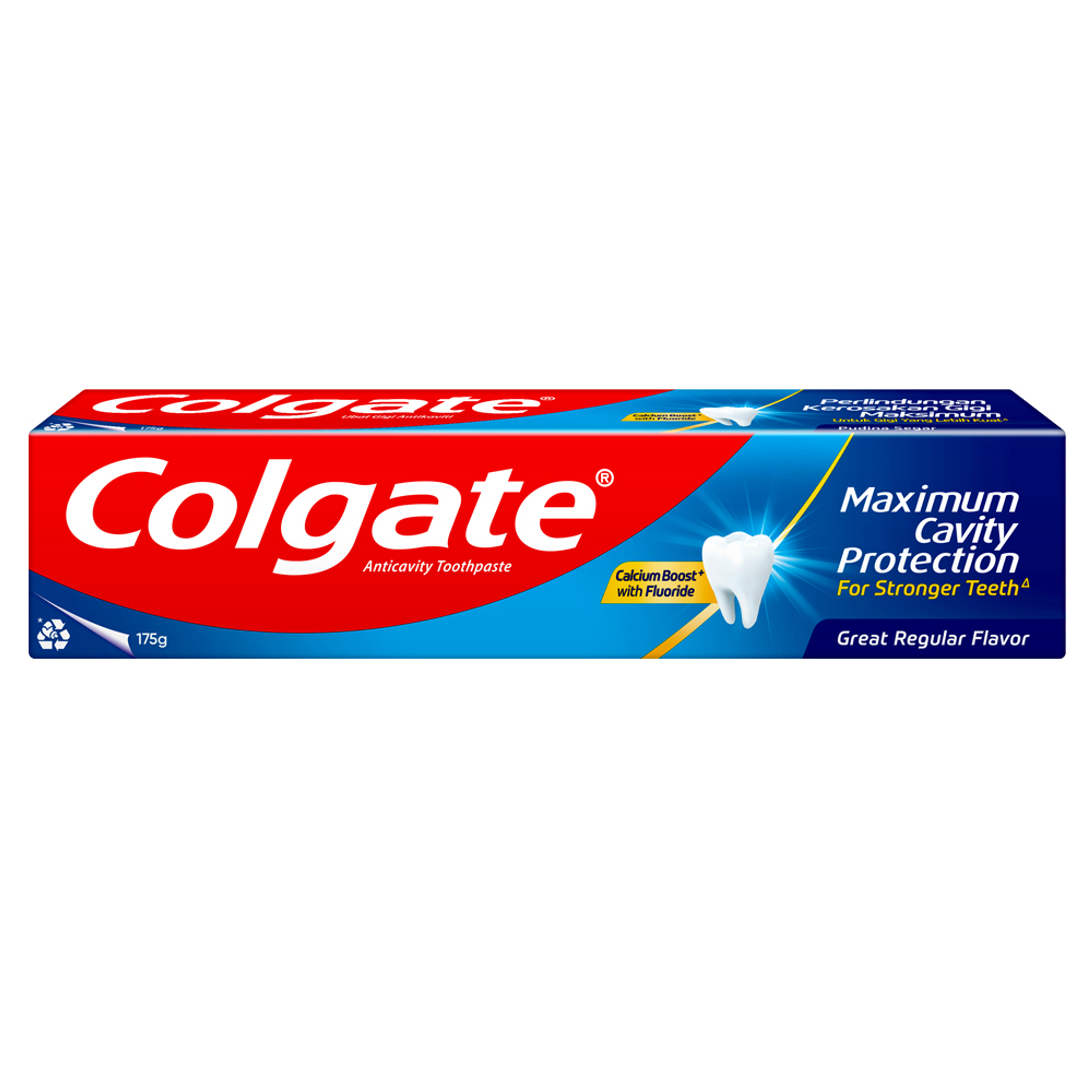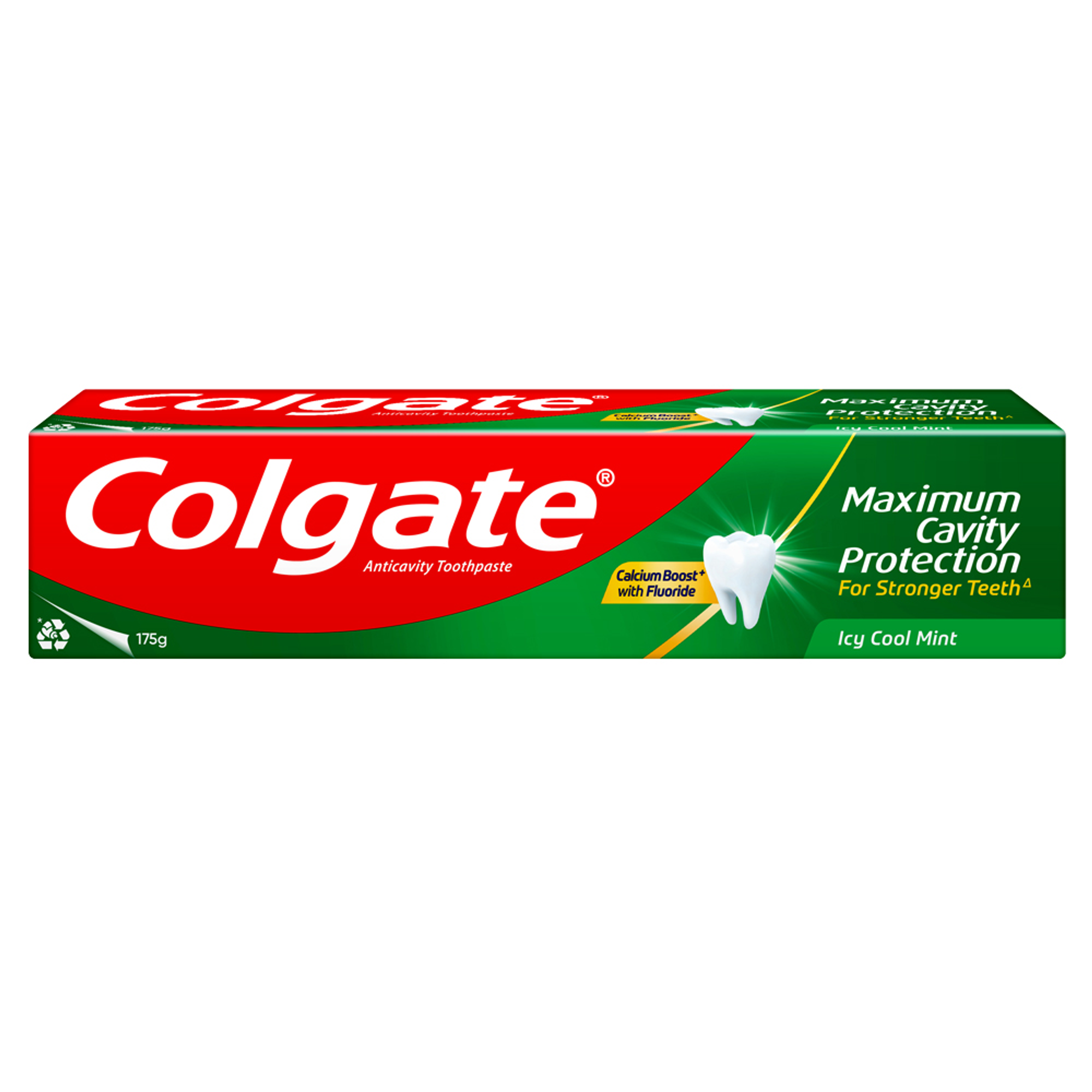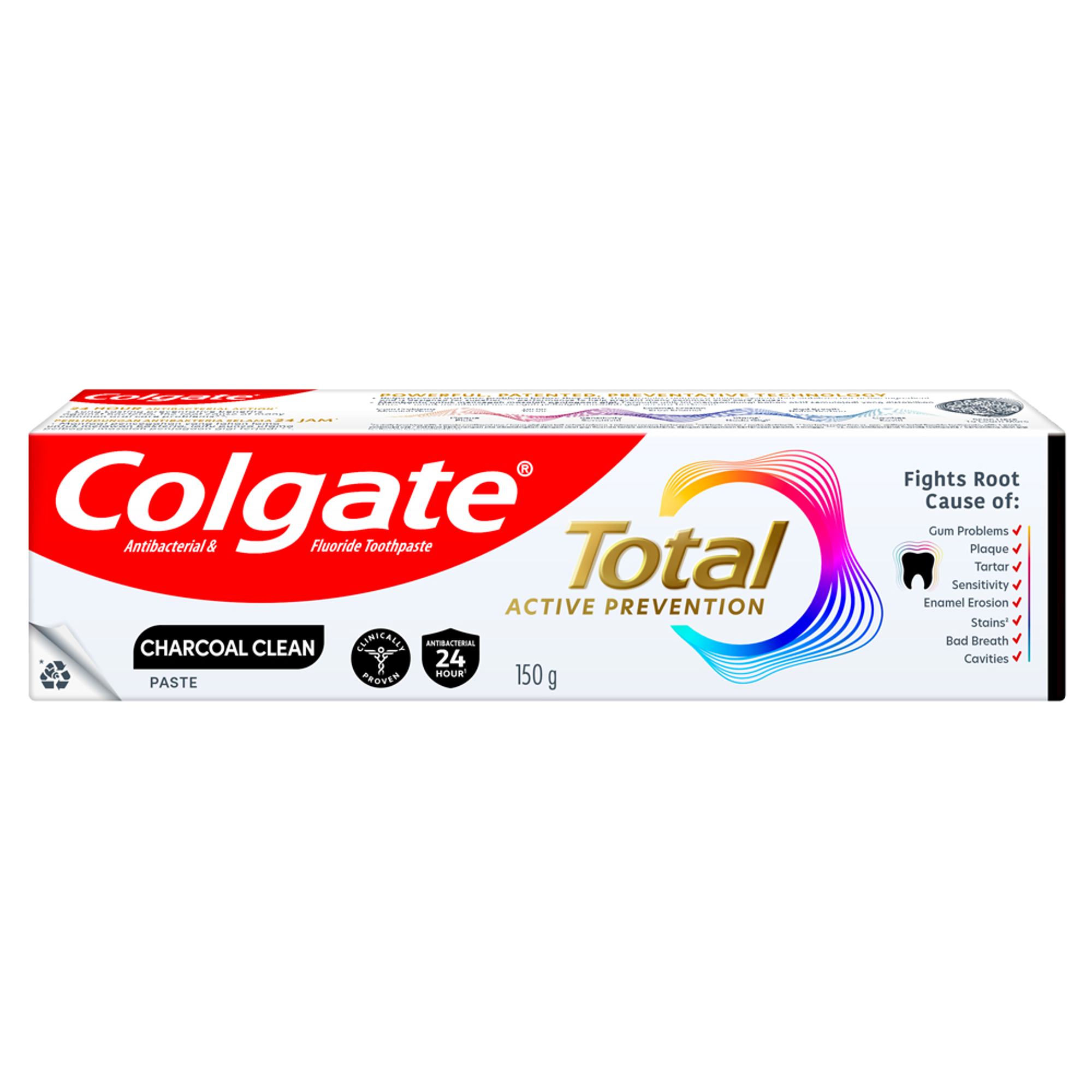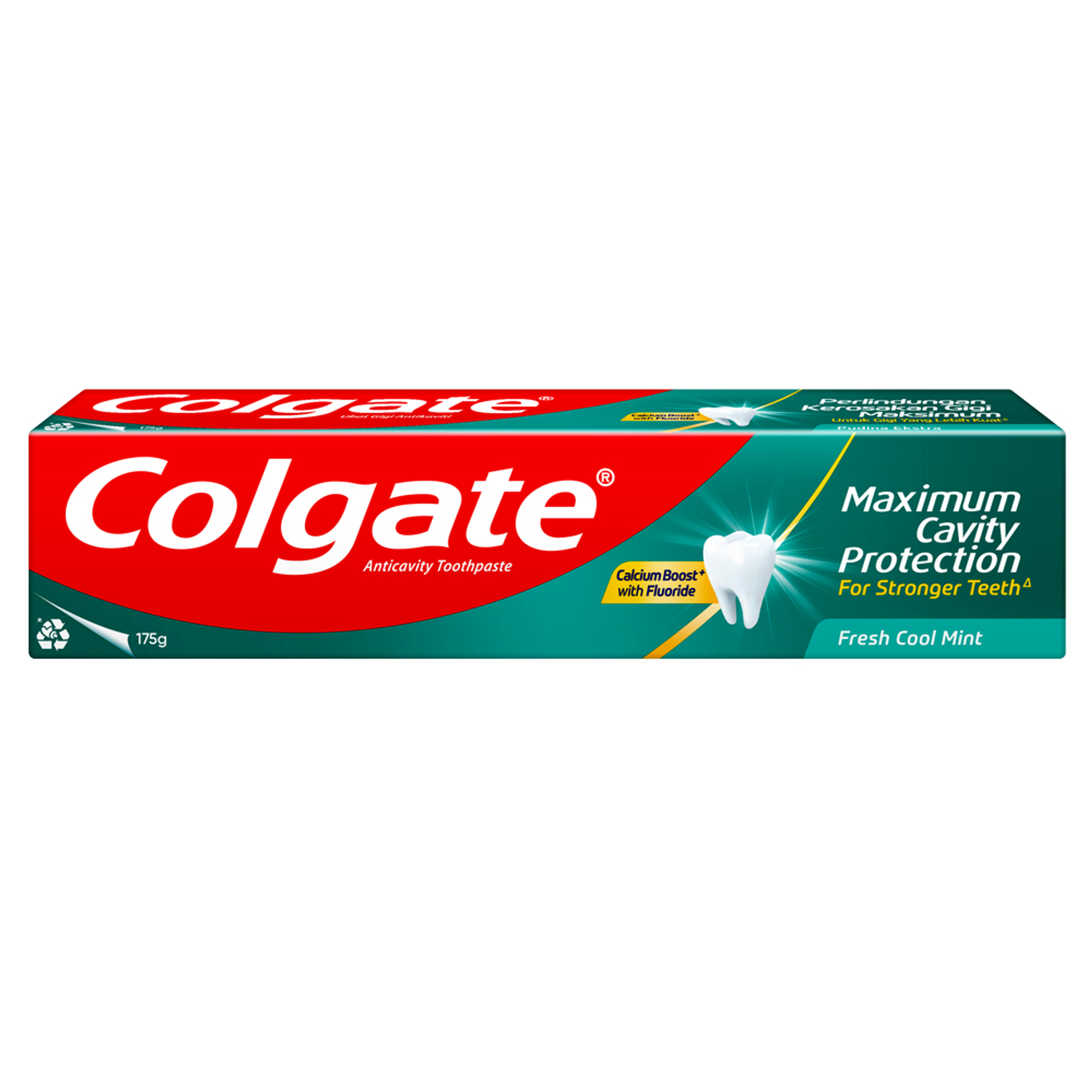- Oral Health and Dental Care | Colgate®
- Oral Health
- Risk of Fake Braces (Fashion Braces) for Kids | Colgate® MY


Some tweens or teens consider braces to be embarrassing and awkward, but others might want to feel included and copy their friends and classmates. We’ve noticed that a new trend has emerged: fake braces. Unfortunately, fake braces come with many risks. If your kids start wanting to get fake braces for their teeth, here's what you should know about the trend and why they're considered dangerous.
What Are Fake Cosmetic Braces?
Fake braces, also known as fashion braces, look similar to real orthodontic braces in that they're made with a piece of wire and brackets. The wire is molded to fit the shape of the teeth' exterior and then glued onto the teeth. Sometimes wearers add ornamentation in the form of diamonds or cartoon characters to the bands or brackets. Unlike orthodontic braces, however, they are not operative or functional in any way. In fact, they can be quite dangerous.
How Are Fake Braces Dangerous?
Since fake braces aren't fitted by a licensed orthodontist and instead are fitted by individuals or jewelers, they can cause many problems during or after the fitting. For instance, the braces can slip into the wearer's throat and cause choking. Additionally, fake braces can also cause problems with your oral health, like mouth sores and tooth decay.
In 2018, fake cosmetic braces were banned in Thailand, according to the Bangkok Post. The president of the Dental Council imposed the ban because some of these braces leaked heavy metals like cadmium, causing mouth damage and heart disease. These metals leaking out of the braces can also cause liver damage and cancer.
Alternatives for a Beautiful Smile
While we don't recommend fake braces, it's important to note that some kids can benefit from getting real braces. Consulting with a dentist or orthodontist is a great way to figure out if your child is a good candidate for dental braces. Your orthodontist can help you decide whether traditional or ceramic braces are right for your child.
Traditional braces. These are much lighter and easier to manage than ever before. Traditional braces slowly move teeth into the correct position by putting pressure on them.
Ceramic braces. They work similarly to traditional braces, but the brackets are made from a clear, ceramic material. Ceramic braces are less visible than traditional ones.
Your child might feel scared or have concerns about the procedure of getting orthodontic braces, but rest assured that your orthodontist will make it as painless as possible.
If your child doesn't need braces, this could be a great time to set a good oral hygiene routine, which should include brushing twice a day and flossing daily. This can help your child benefit from a clean and healthy mouth and a bright smile. It can also be an excellent time to discuss the risks associated with following trends, especially with your child's teeth.
Ultimately, it's probably best to avoid fake cosmetic braces or any other trend that mimics an orthodontic appliance. They might seem trendy and affordable, but they can prove very costly in the long run!
Related Products

Helping dental professionals
More professionals across the world trust Colgate. Find resources, products, and information to give your patients a healthier future













